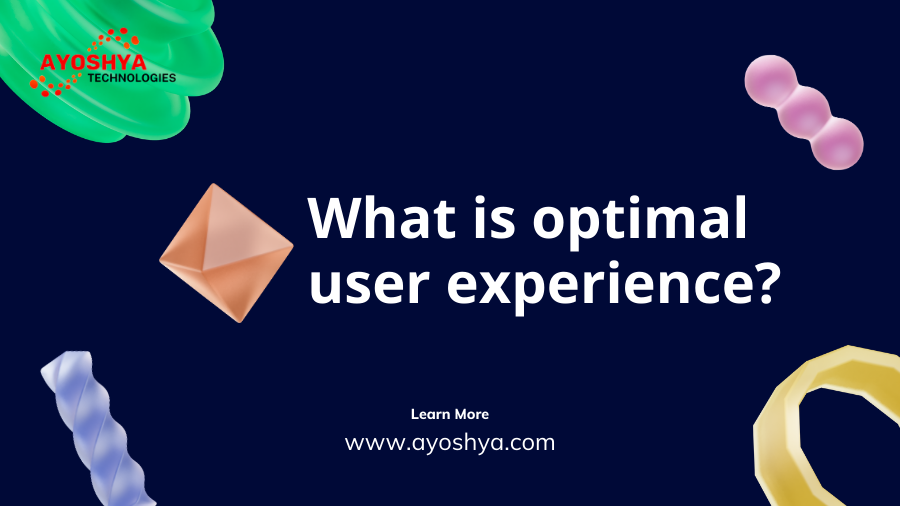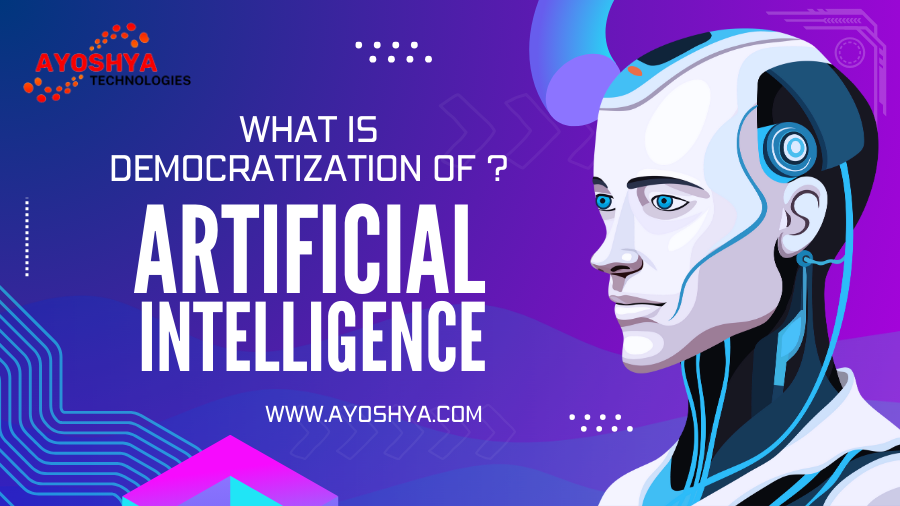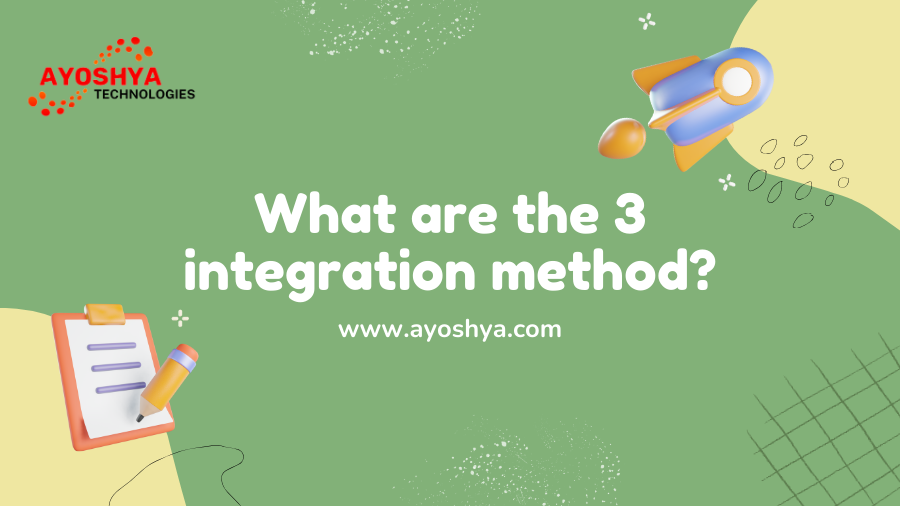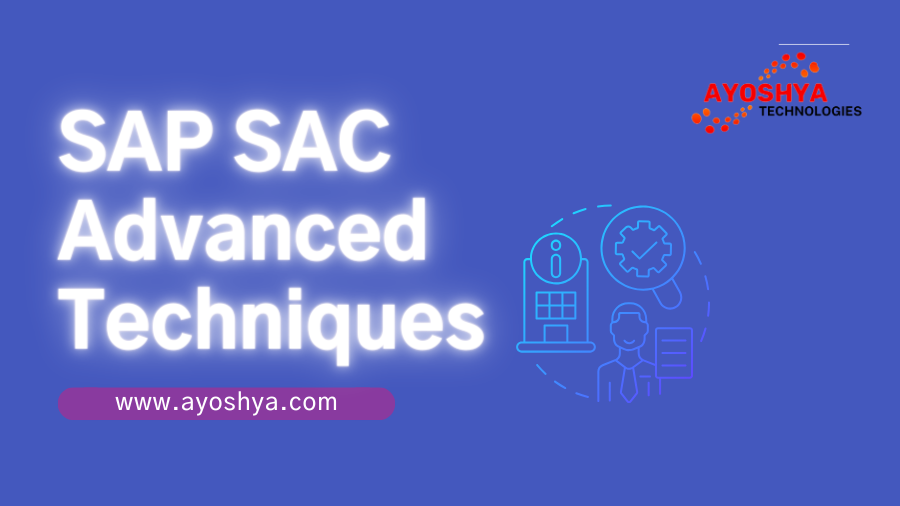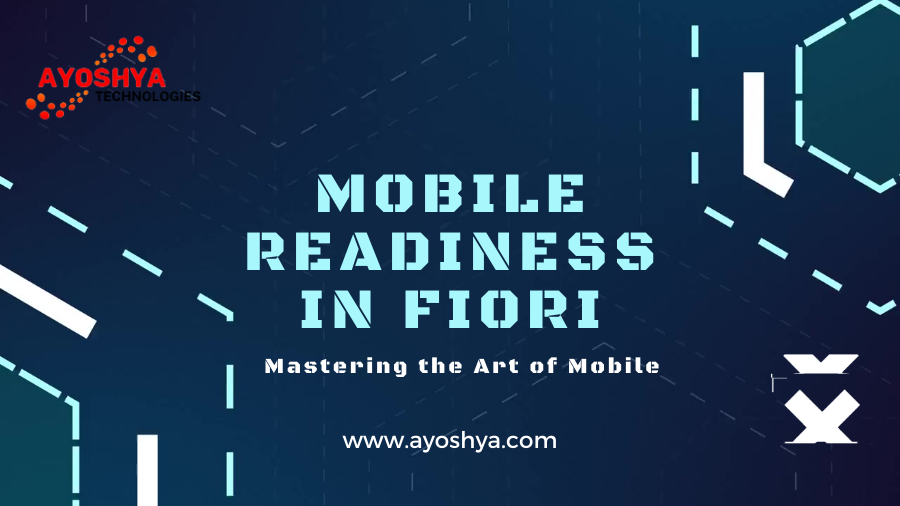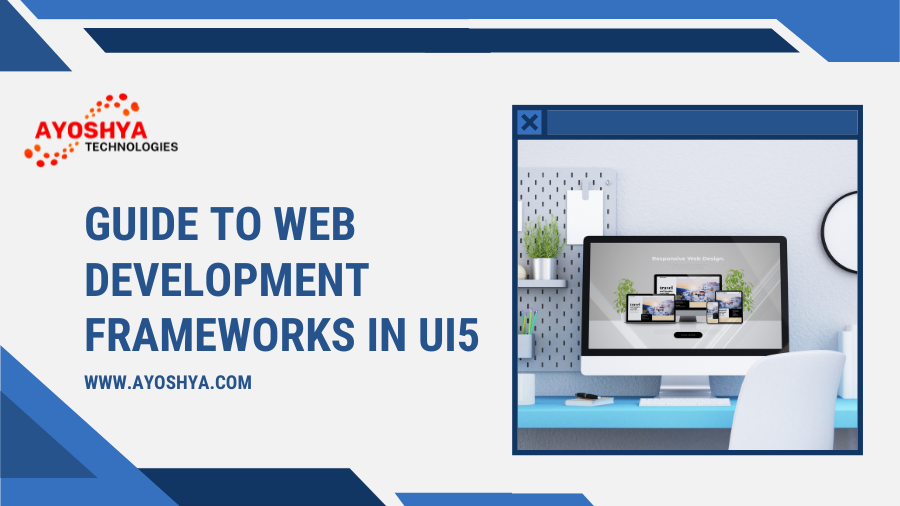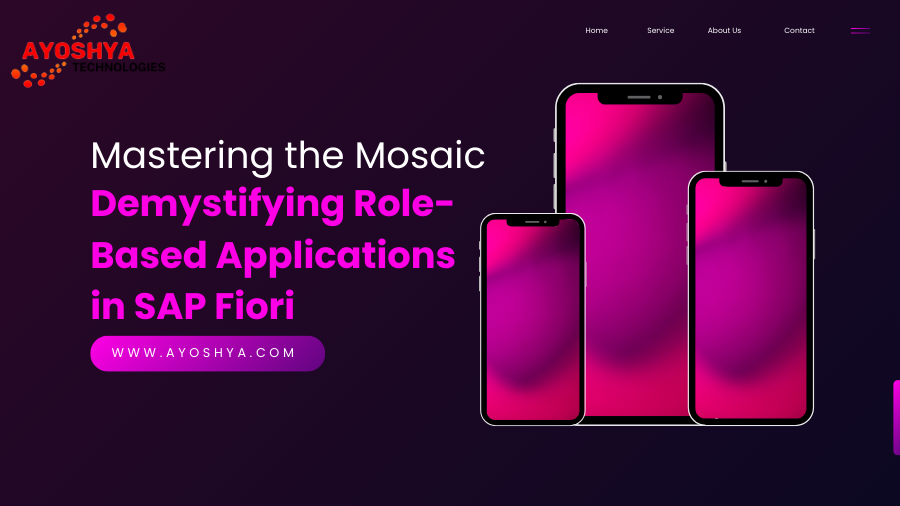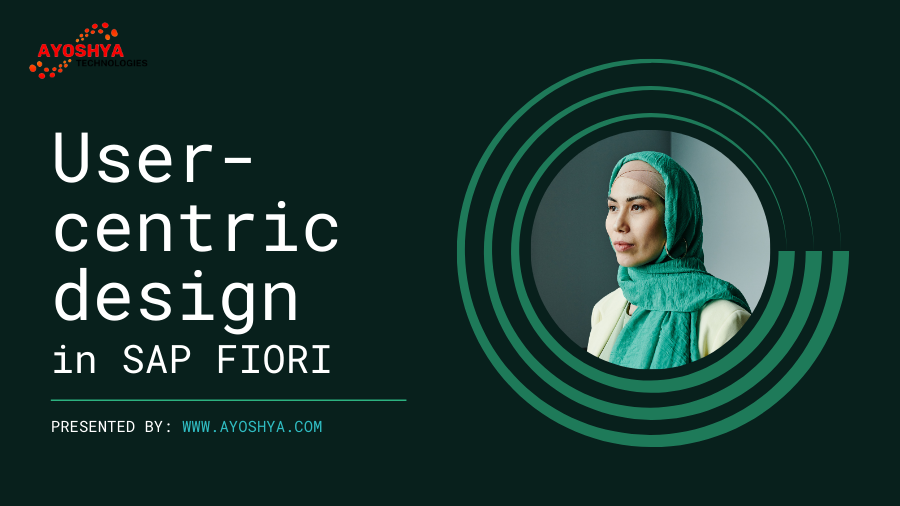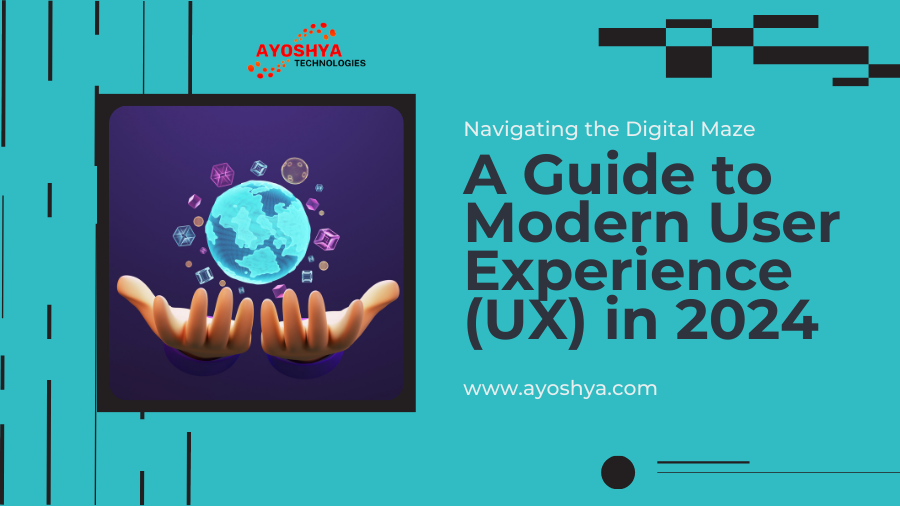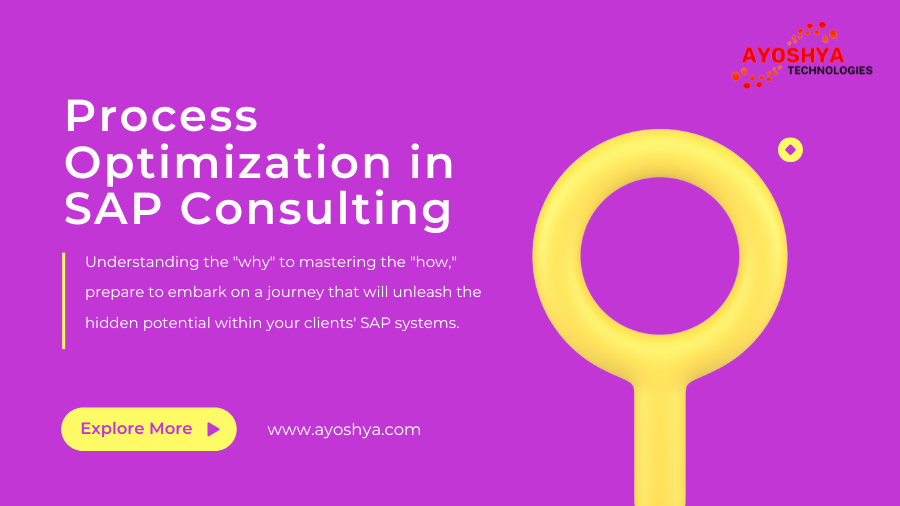What is optimal user experience?
In the vast digital landscape, where countless interfaces vie for our attention, user experience (UX) reigns supreme. It’s the invisible hand guiding our interactions, weaving together usability, accessibility, and delight to sculpt a smooth and satisfying journey. But what does it truly mean to craft an optimal user experience? This in-depth blog delves into the heart of UX, deciphering its principles, exploring its best practices, and unveiling the strategies that transform interactions into unforgettable experiences.
Beyond Buzzwords: Defining the Essence of optimal user experience
Before we embark on this exploration, let’s establish a clear understanding:
Optimal user experience (UX) is the seamless, intuitive, and enjoyable interaction a user has with a product, service, or system. It’s about meeting user needs and exceeding expectations at every touchpoint, fostering a sense of satisfaction, engagement, and even delight.
Think of it as sculpting a beautiful path through a complex forest. Your goal is to guide users effortlessly, removing obstacles, providing clear directions, and enriching the journey with unexpected vistas and delightful surprises. optimal user experience is less about the destination and more about the enjoyable, effortless, and meaningful path that leads there.
The Pillars of Optimal UX: Building a Foundation for Success
To create an experience that truly shines, several key pillars must be meticulously constructed:
- Usability: At its core, UX hinges on ease of use. Interfaces should be intuitive, predictable, and require minimal cognitive effort. Imagine a well-lit path with clear signage, guiding users without confusion or frustration.
- Accessibility: Everyone deserves a smooth journey, regardless of their abilities. Optimal UX embraces inclusivity, ensuring interfaces are accessible to users with disabilities and diverse needs. Think of inclusive ramps and railings alongside the path, ensuring everyone can navigate it comfortably.
- Engagement: Beyond mere usability, an optimal UX captivates and holds user attention. Interactive elements, storytelling techniques, and personalized experiences can spark curiosity and foster a sense of connection. Imagine captivating scenery and interactive exhibits along the path, keeping users actively engaged and invested in the journey.
- Emotion: Optimal UX transcends functionality and taps into human emotions. Positive emotions like joy, satisfaction, and accomplishment create lasting memories and build loyalty. Imagine scenic overlooks and moments of quiet reflection, allowing users to connect with the experience on a deeper level.
- Frictionless Flow: An optimal UX removes roadblocks and minimizes effort. Seamless transitions, intuitive workflows, and contextual help keep users moving forward without encountering frustrating hiccups. Imagine well-maintained bridges and smooth terrain, enabling users to effortlessly traverse the path without losing momentum.
Beyond the Foundation: Unveiling the Strategies of UX Masters
Now, let’s unveil the secret weapons in the UX arsenal:
- User Research and Empathy: The path to optimal UX begins with understanding your users. Conduct thorough research, collect feedback, and develop empathy for their needs, goals, and frustrations. Imagine studying the map and listening to experienced travelers before designing the path.
- Data-Driven Design: Don’t rely on intuition alone. Leverage data analytics to understand user behavior, identify pain points, and measure the effectiveness of your UX design decisions. Imagine using GPS data to identify areas where users get lost and adjust the path accordingly.
- Prototyping and Iteration: Don’t wait for perfection. Rapid prototyping and iterative testing allow you to quickly experiment, gather feedback, and refine your UX until it sings. Imagine building test sections of the path, incorporating user feedback to improve the overall experience before opening it to the public.
- Visual Design and Storytelling: Aesthetics matter. Employ visual design principles, clear hierarchies, and captivating storytelling to create an aesthetically pleasing and engaging experience. Imagine incorporating artistic elements, captivating scenery, and memorable landmarks along the path to enrich the journey.
- Contextual Help and Support: Provide discreet but readily available support when users encounter challenges. Offer contextual help, intuitive error messages, and accessible support channels to ensure they’re never left stranded. Imagine placing helpful guideposts and emergency call boxes along the path for users who need assistance.
Putting Theory into Practice: Witnessing Optimal UX in Action
Let’s see how these principles translate into tangible benefits across diverse industries:
- E-commerce: Imagine an online store with personalized recommendations, intuitive search, and a seamless checkout process, boosting conversions and customer satisfaction. It’s like designing a shopping mall with user-friendly maps, helpful shop assistants, and convenient payment options, making the retail experience enjoyable and efficient.
- Education: Picture an online learning platform with engaging and interactive content, adaptive learning, and personalized feedback, keeping students motivated and effectively grasping complex concepts. It’s like creating a dynamic educational path with captivating exhibits, tailored challenges, and supportive guides, enabling students to learn at their own pace and optimize their journey.
- Healthcare: Envision a patient portal offering intuitive appointment booking, clear medical records access, and secure communication with healthcare providers, empowering patients and streamlining operations. Think of designing a hospital with clear wayfinding, accessible facilities, and user-friendly medical record interfaces, improving both patient experience and clinical efficiency.
Challenges and Solutions: Navigating the Roadblocks to Optimal UX
While crafting an optimal UX is rewarding, it’s not without its hurdles:
- Understanding Diverse User Needs: Accommodating the needs of a diverse user base can be complex. Employ inclusive design principles and conduct user research across demographics to ensure everyone enjoys a smooth journey. Imagine building ramps and offering alternative routes for users with different needs, ensuring the path is accessible and enjoyable for all.
- Prioritizing User Needs over Business Goals: Sometimes, business objectives can clash with user needs. Prioritize user-centric design and resist the temptation to sacrifice a smooth experience for short-term gains. Remember, a satisfying journey for users translates to long-term success for your business.
- Measuring and Iterating: Evaluating UX effectiveness goes beyond mere website analytics. Employ qualitative and quantitative research methods to understand user emotions, engagement, and overall satisfaction. Continuously iterate and refine your UX based on user feedback to keep the path fresh and engaging. Imagine regularly asking travelers for feedback, adjusting the path based on their suggestions, and ensuring they continue to enjoy the journey.
A Call to Action: Championing the Quest for Optimal UX
Embracing optimal UX isn’t just a design trend; it’s a strategic investment in your users, your brand, and your future. By understanding its essence, wielding its strategies, and navigating its challenges, you can unlock the potential to:
- Boost User Engagement and Retention: Captivating experiences keep users coming back for more, fostering loyalty and building lasting relationships.
- Drive Business Growth: Satisfied users translate to positive word-of-mouth, increased conversions, and a competitive edge in the marketplace.
- Foster Innovation and Differentiation: Embracing UX as a core value encourages innovative solutions and sets you apart from competitors who prioritize functionality over experience.
Join the movement, champion user-centric design, advocate for seamless interactions, and help build a digital world where every journey is a delight. Remember, in the vast wilderness of online experiences, it’s the optimal UX that truly blazes the trail and leads users to a destination of satisfaction and success.
You may be interested in:
Enhancing User Experience: Tips for SAP Fiori Implementation
Guide to Modern User Experience (UX) in 2024

